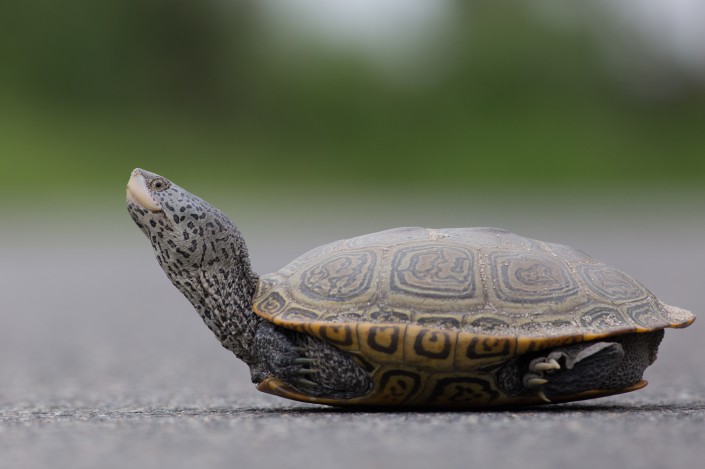Volunteers help clean up critical habitat along Absecon Bay
Preservation of declining habitat is key to survival of high marsh wildlife
by Ben Wurst, Habitat Program Manager

As the sea rises, high areas on the coastal salt marsh will decline or disappear. These areas are higher in elevation and usually consist of more sandy soil. The sandy soil attracts nesting female diamondback terrapins, like many roadsides throughout New Jersey. As we harden shorelines to hold back floodwaters, terrapins will face more dangerous treks to find suitable nesting habitat, unless these high marsh areas are enhanced and elevations raised. For the past five years we have been surveying Route 30 (Whitehorse Pike) during summer months for the occurance of terrapins on the highway. Adult female terrapins enter the roadway while seeking these sandy areas above the high tide line. Most, if not all, do not survive crossing Route 30. Continue reading “Volunteers help clean up critical habitat along Absecon Bay”
